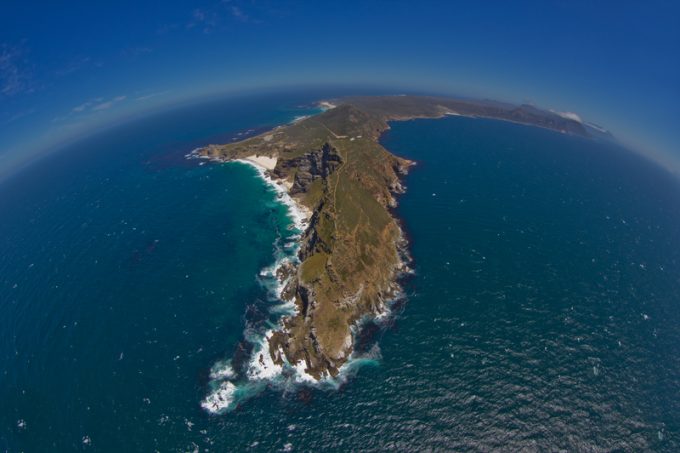Container spot rates have peaked as all major trades see prices fall
There was more evidence in this week’s container port freight markets that peak prices on ...
TFII: SOLID AS USUALMAERSK: WEAKENINGF: FALLING OFF A CLIFFAAPL: 'BOTTLENECK IN MAINLAND CHINA'AAPL: CHINA TRENDSDHL: GROWTH CAPEXR: ANOTHER SOLID DELIVERYMFT: HERE COMES THE FALLDSV: LOOK AT SCHENKER PERFORMANCEUPS: A WAVE OF DOWNGRADES DSV: BARGAIN BINKNX: EARNINGS OUTODFL: RISING AND FALLING AND THEN RISING
TFII: SOLID AS USUALMAERSK: WEAKENINGF: FALLING OFF A CLIFFAAPL: 'BOTTLENECK IN MAINLAND CHINA'AAPL: CHINA TRENDSDHL: GROWTH CAPEXR: ANOTHER SOLID DELIVERYMFT: HERE COMES THE FALLDSV: LOOK AT SCHENKER PERFORMANCEUPS: A WAVE OF DOWNGRADES DSV: BARGAIN BINKNX: EARNINGS OUTODFL: RISING AND FALLING AND THEN RISING

All three east-west vessel-sharing alliances have continued to route some vessels via the Cape of Good Hope to avoid Suez Canal fees, despite discounts that kicked in on 1 May.
However, several shippers have complained about the additional carbon footprint the extended journeys generate.
For example, a voyage from Asia to North Europe via the Cape adds some 3,000 miles and five to 10 days to the transit time, resulting in the ship burning up to 1,000 tons more fuel.
According to one forwarding source, some shippers are concerned that carriers “forgetting about emission levels” could have legal implications for their environmental commitments.
And last week, Lloyd’s Loading List reported that Swedish furniture giant Ikea was considering not booking with carriers routing via the Cape.
According to Alphaliner, in April ocean carriers diverted seven North Europe-Asia and seven US east coast-Asia backhaul voyages that would normally transit the Suez Canal to the Cape route.
CMA CGM was the only carrier to also use the Cape route in April for headhaul Asia-Europe sailings, with the 15,052 teu CMA CGM Mexico, deployed on the Ocean Alliance FAL3/NEU5 loop departing Asia on 13 April, and the 17,722 teu CMA CGM Bougainville operating on the FAL1/NEU4 service having sailed from Asia on 26 April via the tip of Africa.
However, according to Alphaliner data, so far this month the French carrier and its Ocean Alliance partners have yet to route any headhaul voyages via the Cape. But the consultant noted that alliance backhaul voyages were making “regular sailings” via the Cape.
“As of 26 May, a total of 15 ships that departed from Europe and North America are still using the Cape route, even though they would have been eligible for Suez toll discounts,” said Alphaliner.
The rebates announced by the Suez Canal Authority (SCA) on 1 May consist of a 17% reduction on the SCA tariff for containerships plying between North Europe, Tanger Med and Algeciras to Port Klang, Malaysia and the Far East.
And for US east coast sailings to Asia, where the SCA is not only competing with the Cape routing but also the shorter transit via the Panama Canal, the discount on the official tariff is up to 75%.
The SCA has seen a significant decline in its circa-$500m a month revenue stream from transit tolls, as Covid-19 has stymied global demand. According to eeSea data, Asia-Europe carriers have cancelled 28%, or 37, of their scheduled 130 sailings this month, which represents a loss of around $22m in toll fees.
Moreover, each headhaul sailing withdrawn represents a blanked return voyage and a further loss of revenue for the SCA.
June could see the SCA’s revenue, which is one of the main sources of foreign currency for the Egyptian government, improve, on the basis of the current eeSea data, which shows a more modest carrier blanking programme of 16% for the month, or 19 of the 122 pro-forma Asia-Europe sailings.
Moreover, the price of oil has begun to bounce back, with LSFO spiking by 70% since April, from $150 to $250 per ton of bunkers, adding some $100,000 to voyage costs for North Europe to Asia vessels routed via the Cape.
Comment on this article